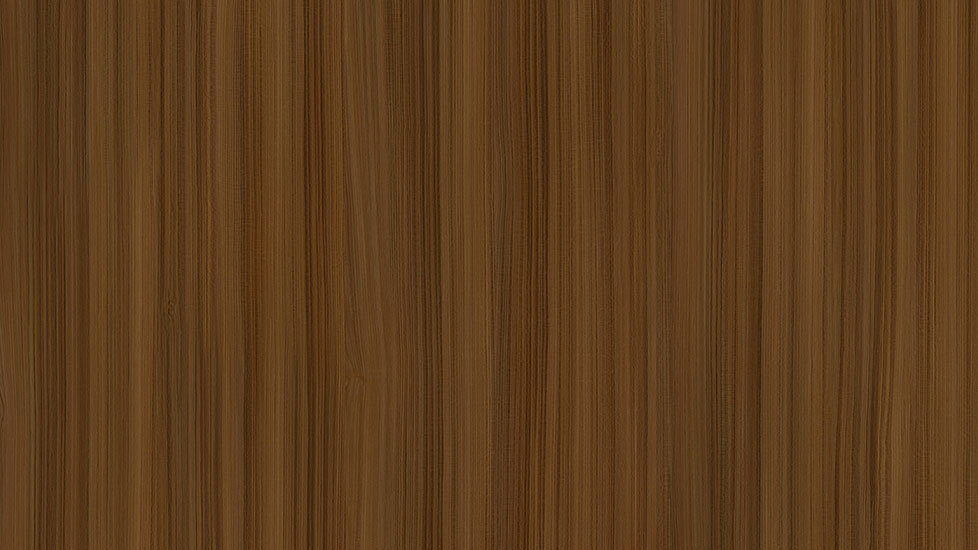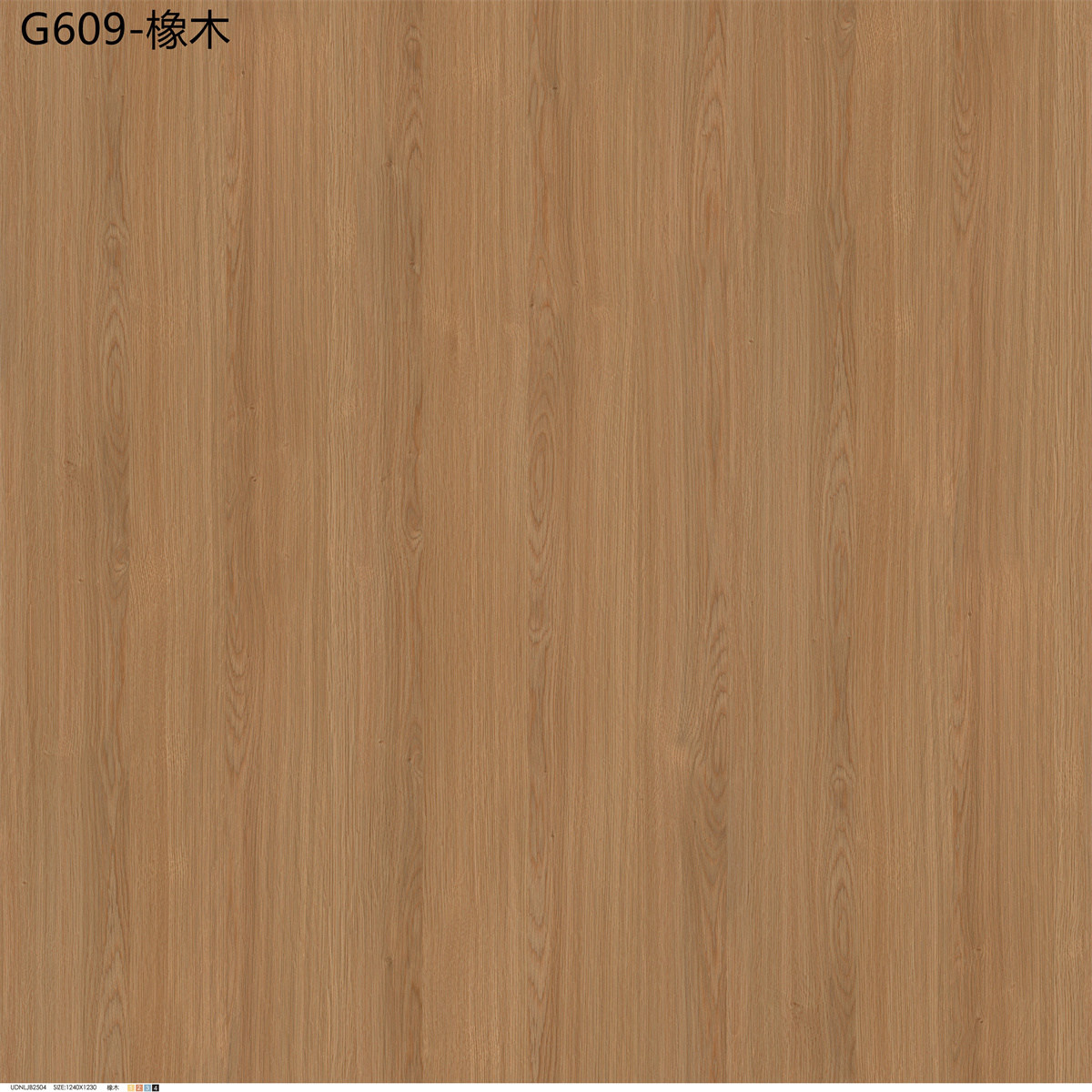Exploring the Versatility of Wood Veneer in Architecture and Design
Aug 07,2025

Wood veneer, a thin layer of wood sliced from a log, serves numerous purposes in the architecture and design sectors. This material allows designers and architects to achieve the rich, warm look of solid wood while minimizing costs and environmental impact. Its thin profile makes it an ideal choice for a variety of applications, from cabinetry to wall paneling, thus enhancing both residential and commercial spaces.
One of the standout features of wood veneer is its ability to showcase the natural beauty of wood grain. The wide array of species available, including oak, walnut, maple, and cherry, provides designers with endless possibilities for creating custom looks. The unique patterns and colors found in wood veneer can be highlighted through various finishing techniques, allowing for a high degree of personalization that can complement any design aesthetic.
In addition to its visual appeal, wood veneer is also valued for its sustainability. As it is produced from fast-growing trees, it offers an eco-friendly alternative to solid wood. By using wood veneer, architects and designers can contribute to greener building practices while still achieving luxurious finishes. The production of wood veneer typically requires less wood than solid lumber, making it a more sustainable choice for those concerned about resource conservation.
The versatility of wood veneer extends to its application methods as well. It can be applied to a variety of substrates, including MDF, plywood, and particleboard, which allows for innovative design solutions that might not be feasible with solid wood. This versatility means that wood veneer can be effectively used in furniture, cabinetry, and even decorative wall elements, bridging the gap between functionality and aesthetics.
Moreover, the lightweight nature of wood veneer simplifies handling and installation, making it a practical choice for both contractors and DIY enthusiasts. It can be easily cut, shaped, and adhered, enabling creative designs that can adapt to the unique requirements of any project. The ability to create seamless surfaces and intricate patterns further enhances its appeal for sophisticated interior environments.
In conclusion, wood veneer offers a compelling blend of beauty, sustainability, and adaptability, making it a valuable material in the architecture and design industry. Its unique characteristics not only enhance the visual impact of spaces but also align with contemporary values of environmental responsibility. As architects and designers continue to explore innovative applications of wood veneer, its presence in the decorative materials sector is expected to grow, offering exciting opportunities for creative expression in building and interior design.
One of the standout features of wood veneer is its ability to showcase the natural beauty of wood grain. The wide array of species available, including oak, walnut, maple, and cherry, provides designers with endless possibilities for creating custom looks. The unique patterns and colors found in wood veneer can be highlighted through various finishing techniques, allowing for a high degree of personalization that can complement any design aesthetic.
In addition to its visual appeal, wood veneer is also valued for its sustainability. As it is produced from fast-growing trees, it offers an eco-friendly alternative to solid wood. By using wood veneer, architects and designers can contribute to greener building practices while still achieving luxurious finishes. The production of wood veneer typically requires less wood than solid lumber, making it a more sustainable choice for those concerned about resource conservation.
The versatility of wood veneer extends to its application methods as well. It can be applied to a variety of substrates, including MDF, plywood, and particleboard, which allows for innovative design solutions that might not be feasible with solid wood. This versatility means that wood veneer can be effectively used in furniture, cabinetry, and even decorative wall elements, bridging the gap between functionality and aesthetics.
Moreover, the lightweight nature of wood veneer simplifies handling and installation, making it a practical choice for both contractors and DIY enthusiasts. It can be easily cut, shaped, and adhered, enabling creative designs that can adapt to the unique requirements of any project. The ability to create seamless surfaces and intricate patterns further enhances its appeal for sophisticated interior environments.
In conclusion, wood veneer offers a compelling blend of beauty, sustainability, and adaptability, making it a valuable material in the architecture and design industry. Its unique characteristics not only enhance the visual impact of spaces but also align with contemporary values of environmental responsibility. As architects and designers continue to explore innovative applications of wood veneer, its presence in the decorative materials sector is expected to grow, offering exciting opportunities for creative expression in building and interior design.
Previous page:








